NHD competitors strive for the win
Photo courtesy of Parker Brown
Sophomores Alex Santiago (left) and Jacob Fujioka (right) display their National History Day project on British abolitionist, William Wilberforce.
April 20, 2017
Every year, AP and Honors World History students are tasked with delving into the depths of history with the National History Day project.
The project works assigns a broad topic to students who can apply a broad of subjects and project types like, documentaries, websites, exhibits, papers and performances. This year’s topic was taking a stand. Students chose topics they were fascinated by and respected. WS students adapted this topic to many different people and groups such as Queen Liliuokalani and William Wilberforce who helped abolish slavery in England.
“I lived in Hawaii for almost four years and fell in love with the history there. I knew a lot about her already and admired her” said sophomore Arleigh Stiff.
Competitions have occurred at the school and the regional levels and the state competition is soon. With favorable results for some WS students, like Helen Heaton who took home first place in the papers category at the school level. Between each level of competition students are critiqued and afterwards their judging sheets are given to their teachers to point out the strengths and weaknesses of the projects. After receiving feedback, students are allowed to make changes and hopefully improve their project.
“Our teacher recommended that we did [revise projects]; in our project there were actually a few historical inaccuracies that we’re allowed to fix” said sophomore Parker Brown
Some students found difficulty in adapting their topics. Part of the project is reflecting on the lasting effect the topic’s stand had on history. Taking a stand does not ensure victory and individual examples of taking a stand are often part of a long and arduous battle.
“It was a little difficult because she [Queen Liluokalani] took a stand but ultimately didn’t succeed” said Stiff.
NHD judging works by breaking up a project into 3 general criteria. They are historical quality, relation to theme, and presentation clarity. Historical quality is 60% of the score whereas relation to theme and presentation clarity are both 20% of it. Depending on project type there are different guidelines. Each project is judged by three judges who must reach a consensus on a student’s score.
“We’re looking for projects that have a strong thesis, they make an argument” said WS world history teacher Stephanie Shimp. “Also, they have strong research with a compilation of primary and secondary sources to back it up, as well as, topics that are interesting and standout.”
As the stages in the competition progress so does the level of competition present at them. As students battle for the awards they feel the stress of presenting the perfect project. Brown even calculated his groups chance to move on; with some hopeful inflation.
“There are 14 other movies in our documentary category and two move on so mathematically we have a 1 in 7 chance but probably there’s a 25% chance we move on” said Brown.


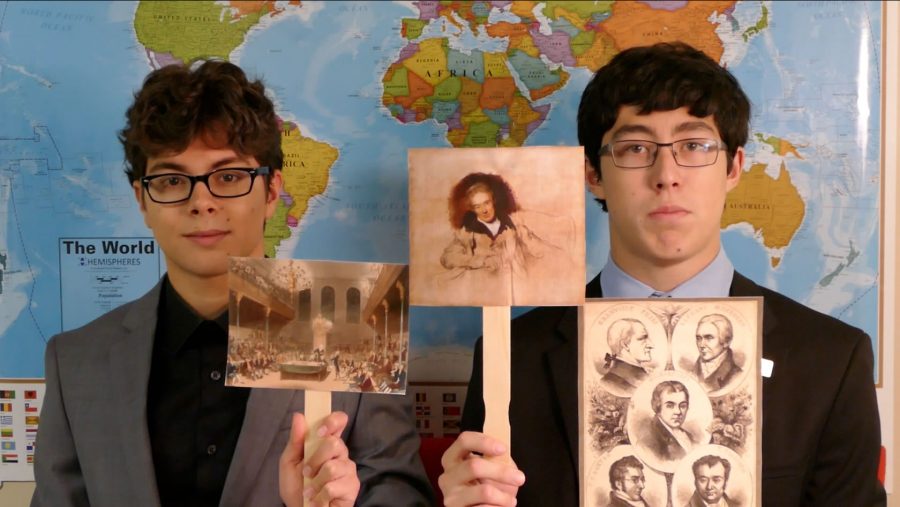



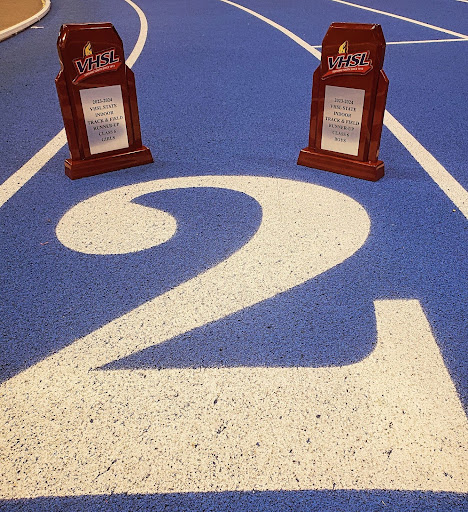

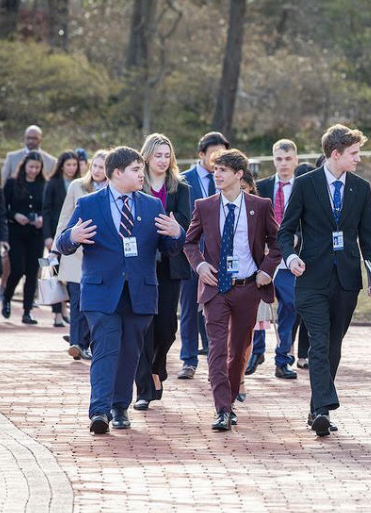
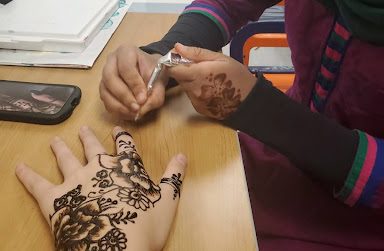
![“Smiles for Myles [is the idea that] happiness can be a long term thing for Myles,” said Buddies Club sponsor and disabilities teacher Madison McKenna.](https://theoracleonline.org/wp-content/uploads/2024/02/MylesArticleKeyPhoto-452x600.jpg)
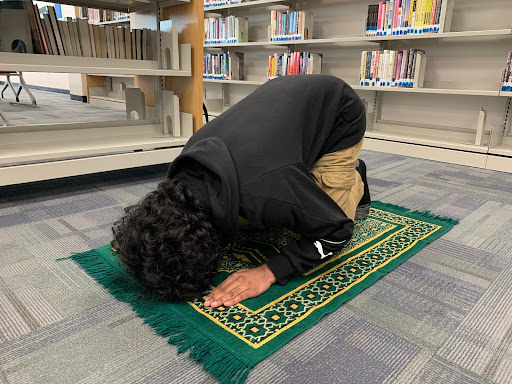


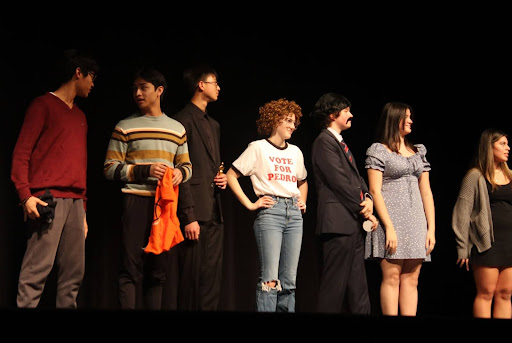
![“Piccolo” is not the start of Martineau’s filmmaking journey. In the beginning of his high school career, Martineau decided to enter the filmmaking scene in an attempt to discover more about himself. “My mom’s Jamaican and there’s not very many Jamaican movies, but [when] I would watch ‘The Harder They Come,’ [that] got me interested in the Nouvelle Vague Cinema,” said Martineau.](https://theoracleonline.org/wp-content/uploads/2024/02/unnamed-40.jpg)